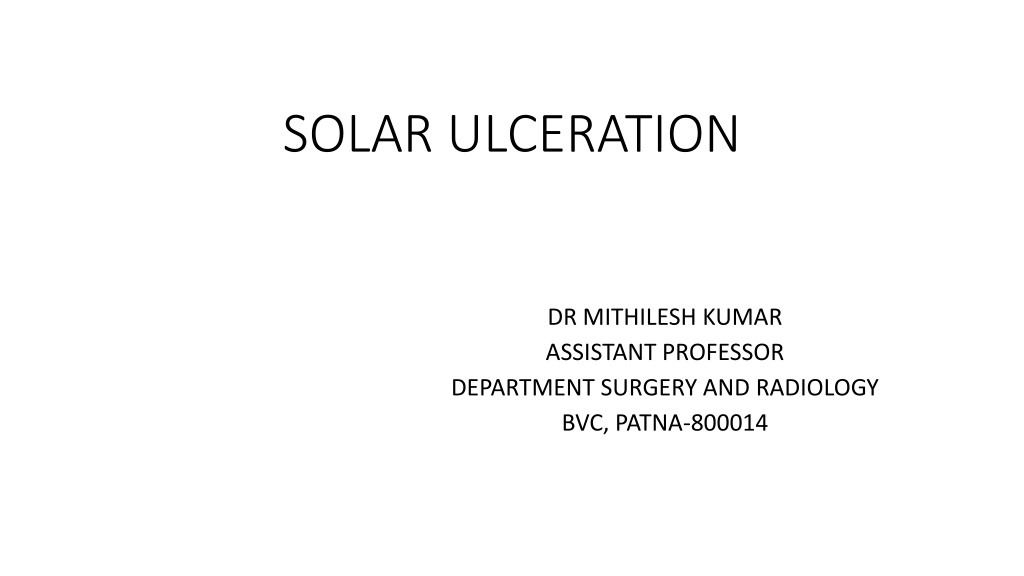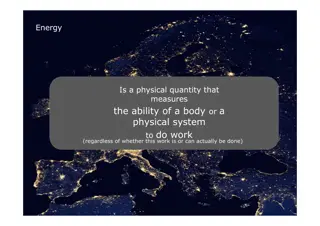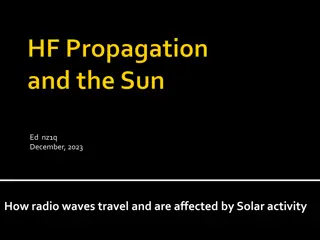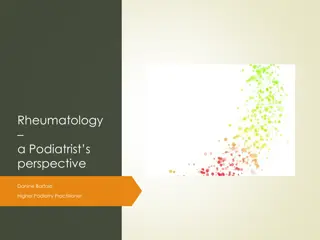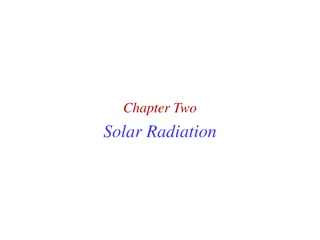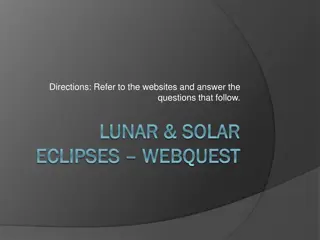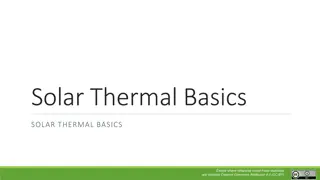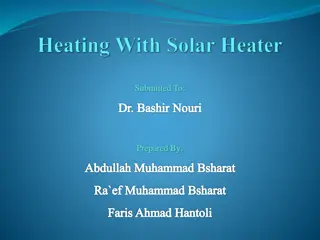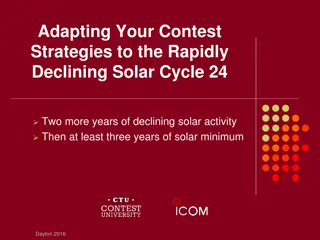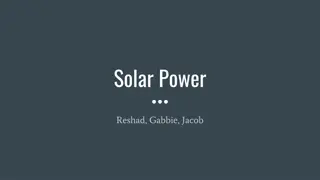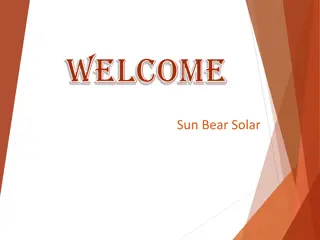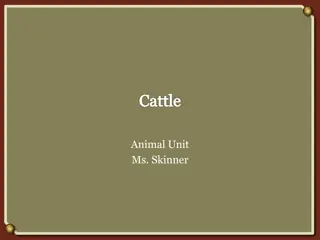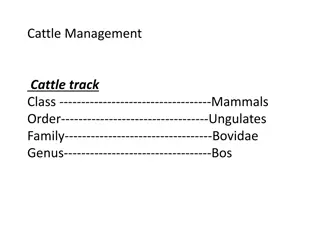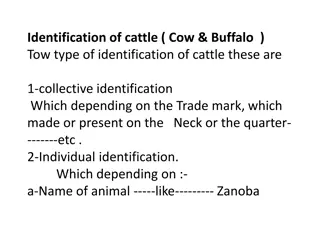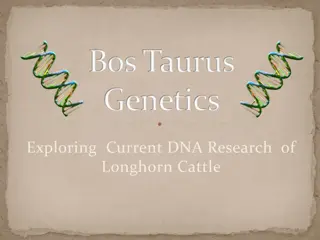Solar Ulceration in Cattle
Solar ulceration is a circumscribed reaction in cattle affecting the pododerm, characterized by erosive defects. It is often linked to excessive weight-bearing and abnormal claw conditions. Signs include lameness and exposure of sensitive tissues, with treatment involving trimming, wound care, and antibiotic therapy. Prophylaxis includes routine claw trimming and avoiding laminitis factors.
Download Presentation

Please find below an Image/Link to download the presentation.
The content on the website is provided AS IS for your information and personal use only. It may not be sold, licensed, or shared on other websites without obtaining consent from the author.If you encounter any issues during the download, it is possible that the publisher has removed the file from their server.
You are allowed to download the files provided on this website for personal or commercial use, subject to the condition that they are used lawfully. All files are the property of their respective owners.
The content on the website is provided AS IS for your information and personal use only. It may not be sold, licensed, or shared on other websites without obtaining consent from the author.
E N D
Presentation Transcript
SOLAR ULCERATION DR MITHILESH KUMAR ASSISTANT PROFESSOR DEPARTMENT SURGERY AND RADIOLOGY BVC, PATNA-800014
Definition: circumscribed limited reaction of the pododerm (deep sensitive tissues) often characterised by an erosive defect. Incidence:- Calved heifer to mature animal Aetiology: disputed, possibly excessive weight-bearing by lateral claw following horn overgrowth. abnormal claw (poor trimming), and frequently with laminitis.
Signs : moderate degree of lameness typically up to three months postpartum, masking the frequently bilateral nature of the lesions, i.e. lateral claw of both hind legs, one more painful than the other severe lameness when granulation tissue protrudes and in presence of deeper purulent infection (osteomyelitis, septic arthritis) under-run heel horn exposes sensitive laminae
at typical site granulation tissue may protrude through undermined horn under-running commonly extends cranially and peripherally to abaxial white line.
Treatment trim all feet initially or at end IVRA remove under-run horn, trim horn of wall and heel so that weight-bearing by affected claw is minimal possibly apply block (hoof resin) to sound claw which should be minimally trimmed.
remove protruding granulation tissue, leaving healthy pododerm and apply tetracycline spray, and bandage (waterproof) for five days put on sulphadimidine powder, bandage and spray oxytetracycline over bandage to prevent wicking by mud into bandage broad spectrum antibiotics in septic cases confine to box and straw bedding for five days
Prophylaxis : avoid overgrown claws by emphasising need for routine trimming avoid factors predisposing to laminitis. do not breed from affected young cows
